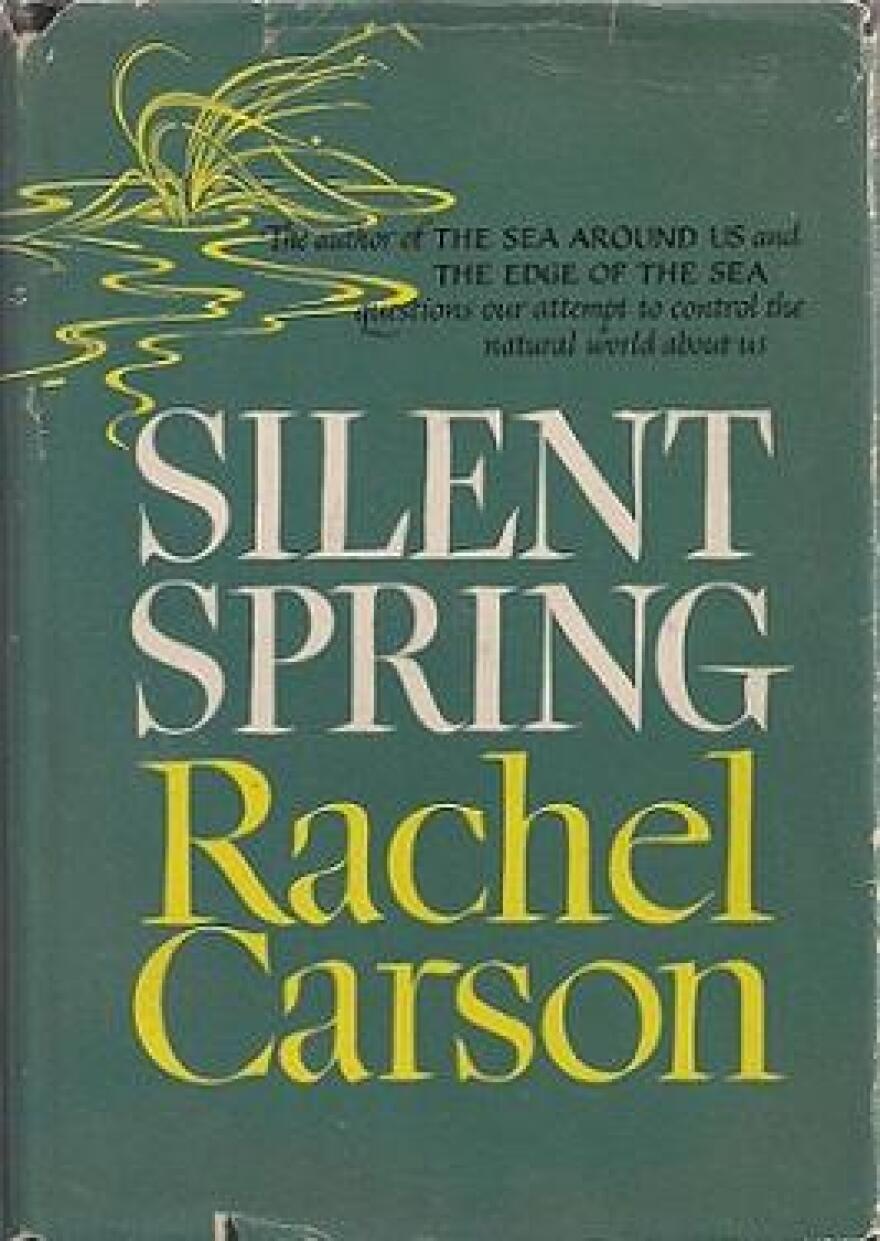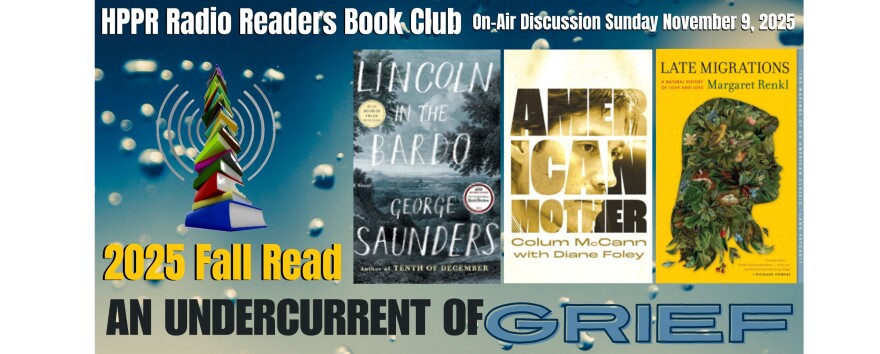This is Mike Strong, in Hays, for HPPR. The book is “Bewilderment” by Richard Powers.
The first text in Richard Powers’ “Bewilderment” is a quote from Rachel Carson. It took me back a few years. When Rachel Carson’s “Silent Spring” was published in September 1962 my parents purchased a copy for my 15th birthday two months later.

I had my AC Gilbert chemistry kit, AC Gilbert erector set, microscope and electronic parts with which I built short wave receivers. With my 4-inch reflector telescope, I got my first glimpse of Mars and the rings of Saturn.
I trusted science - and chemistry. “Silent Spring” was an eye-opener and an introduction to misinformation and betrayal by the industries I trusted.
I was in Civil Air Patrol, an auxiliary to the Air Force. So, six years later I would enlist in a service I trusted, believing the lies about Tonkin Gulf. I had enlisted hoping to be a photographer, something I was already doing as a civilian. To my surprise, because I painted, they also declared me colorblind – partial red-green color deficiency is how they said it. Instead, the Air Force shunted me off to another field, one connected to photo mapping, a lot of that out of Forbes AFB in Topeka.
That led to a job I’d neither heard of nor imagined, geodetic computer and geodetic/ astronomic surveyor. It would include looking through telescopes at stars, and earth targets, to determine longitude, latitude and azimuths for geodetic positions.

The book quotes Rachel Carson writing “Those who contemplate the beauty of the earth find reserves of strength that will endure as long as life lasts.”
In 1859 Charles Darwin brought out his best-known book “On the Origin of Species.” There were two other books, as bookends, one in 1842 on coral reefs and one just before his death in 1881 on earthworms and the formation of topsoil.
The earlier book was the result of his voyages. Darwin was fascinated that huge numbers of tiny, delicate coral polyps across thousands of years could create massive solid reefs. Darwin was convinced that the depth of coral reefs meant their foundation was on the sides of sunken volcanoes which had continued to sink. A little at a time.
Corals grow up to just below the water's surface. In his time Darwin did not have the means to drill into an atoll. Not until 1952 were geologists able to drill deep enough to reach volcanic rock. They found their substrate at 4,208 feet.
His last book was about a long-term experiment he had started 40 years before with earthworms. He observed that earthworms moved the earth from below to the top, by chewing their way through the earth and bringing it to the surface to deposit their droppings, eventually building layers of topsoil.
Darwin spread a thin layer of chalk on the top of an area of soil and let it go for those decades. Over time some 7-plus inches of topsoil was built on top of the chalk layer. It was the accumulation of large numbers of tiny actions over great periods of time.
Indeed, it has been the constant work of eons of tiny, delicate organisms and 4.5 billion years from a round rock to a living sphere to create a planet we can live on.
We owe our existence to species long extinct, at least 97% of all species that have ever been. We have a stake in each other. But the earth has no particular stake in human survival.
For several centuries our factories have been consuming the oxygen we need and exhaling, if you will, gases which heat up the planet. It didn’t seem a big deal 200 years ago. But, like the coral polyps, a little at a time, over time, it adds up to a very big deal.
This is Mike Strong, in Hays, for HPPR Radio Readers Book Club.

RESOURCES
Our earth, shaped by life https://aeon.co/essays/the-insight-of-darwins-work-on-corals-worms-and-co-evolution










